
views
New Delhi It all started with two tennis ball-sized dandelions nodding happily against the panoramic long shot of the blue sky as lovers inched closer for what was implied as an intimate moment.
In a land where sex is as personal a subject as religion for a generation exploring sensuality and personal awakening, the Indian film industry's realization over the last 30 years that its audiences can stomach something as grisly as a peck on the lips has steadily made the cinematic experience richer.
But the exploration of love and its manifestation has taken a long-winded path over four generations of filmmaking, often redoubling back to cover its tracks to throw off the censors and moral brigades sniffing the air for any tell tale signs of vulgarity.
Remember the plight of 'Maya and Tara' or the film better known as Kamasutra: A Tale of Love? The film's crew resorted to desperate measures to avoid being hounded by government officials dropping in unexpectedly at the sets to ensure the explosive film did not violate the fragile Indian sensibility.
The filmmaking community has always been divided about their perception of love and sex in three ways: films that cerebrally explore sex as a thematic journey, those that titillate for money and those that portray sexual assault as a dubious alternative that will get by the censors. Films that would have no intimate scenes in the 70s would have at least two instances of rape attempts by the evil zamindar.
There has always been a sharp divide between cinema that has transcended time and overcome taboos and those that exploit tired cliches.
And then there is the rare and often sensual portrayal of sexuality in films as early as the 1930s, surprisingly ahead of their time and heavily influenced by world cinema. Devika Rani and Himansu Rai's steamy kiss on the mouth in 'Karma' (1933) was suppressed in its ardour but one of the most sexual imageries in Indian cinema of all time - mainly because of Rai's submissive position in the scene.
But filming in dim lights and shadow play has come a long way. All that is spoken of in whispers is now shedding items of clothing as it moves from the bedroom into the drawing room, to the passage and on to the streets.
Leave the lights on, will you?
From being cocooned in the warmth of the fuzzy feeling of love, Indian cinema has come a long way - to undress in broad daylight in front of a matinee audience that understands the implications of responsible sex.
The women have gotten annoyingly vocal about what they want and how many times they want it. The last decade is largely responsible for redefining sex and sensibilities on the large screen. With the boom in broadcasting and round-the-clock availability of western cable television, the audiences are demanding to be treated as adults by makers of family and social dramas.
While 'Masoom' in 1983 set the tone for the age of extramarital affairs and children out of wedlock, the year 2000 was watershed in portraying the plight of one night stands and the complications they lead to. Preity Zinta made her name as a serious actor for her role in 'Kya Kehna' - a film that also hammered into the burgeoning population's psyche the importance of protection during sex. 'My Brother Nikhil' was refreshingly modern with a solid plotline on one of India's path-breaking films on the scourge of HIV/AIDS.
Grittier, nastier, dirtier
Indian cinema has learnt to touch and feel and savour and come up with dark sexual dramas. The pixilated but vivid lovemaking in 'Love Sex Aur Dhokha' directed by Dibakar Banerjee is repelling in its honesty. The almost dream-like subtlety of 'Hazaaron Khwaishein Aisi', the kinky aggression in 'Saat Khoon Maaf' and a woman's search for love, the dirty intonations of 'Raagini MMS', the sensitive fulfillment of 'Memories in March' and the tentative but telling kiss between Kalki Koechlin and Kirti Kulhari in 'Shaitan' have etched their places in cinematic history for breaking taboos and finding their feet.
India's first on screen gay kiss in Sanjay Sharma's 'Dunno Y...Na Jaane Kyon' between Yuvraaj Parashar and Kapil Sharma also set a trend that cannot be denied any longer. Bollywood has just gotten grittier, inclusive and bolder.











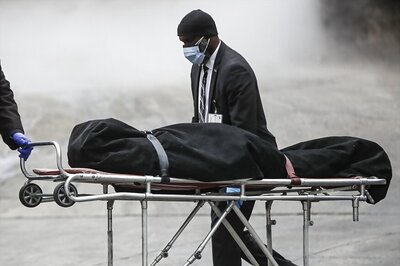


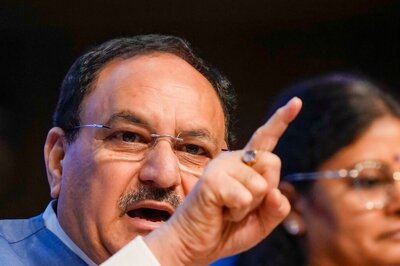
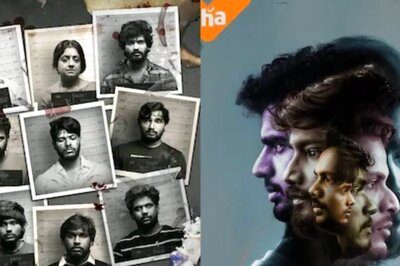
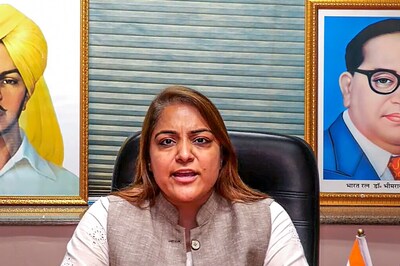
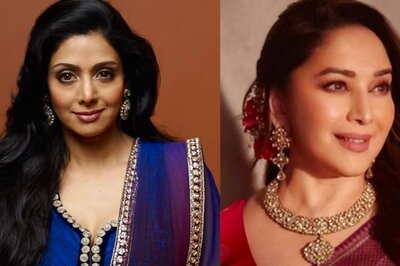
Comments
0 comment